As always, if you haven’t already, head over and join our discord to hear about new Dev Diaries as soon as they go up!
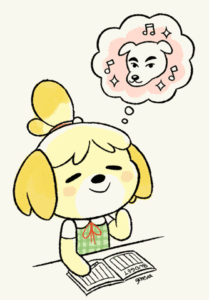
Developing Games and Social Distancing
We hope everyone is doing well and staying safe during the current chaos. It’s a stressful time for everyone, and the TTR team is doing our best to stay put and not get distracted from our work. That being said, the last thing we did before self-isolating as much as possible is buy Animal Crossing: New Horizons for the Nintendo Switch.
We bought it because we want to play it (and it is a great source of entertainment during our downtime while stuck at home), but Animal Crossing is also a huge source of inspiration for To The Rescue! We love the atmosphere, pacing, and style of the game. So, we thought it might be productive to take some time to play it and see what we can learn from it. Of course, we aren’t trying to make an AC clone, but there is a lot of overlap in who the game appeals to and what it’s trying to evoke. It can be really useful to see how existing games do what they do, and in this case, how AC creates a whimsical, accessible, wholesome, and fun experience.
What’s Similar?
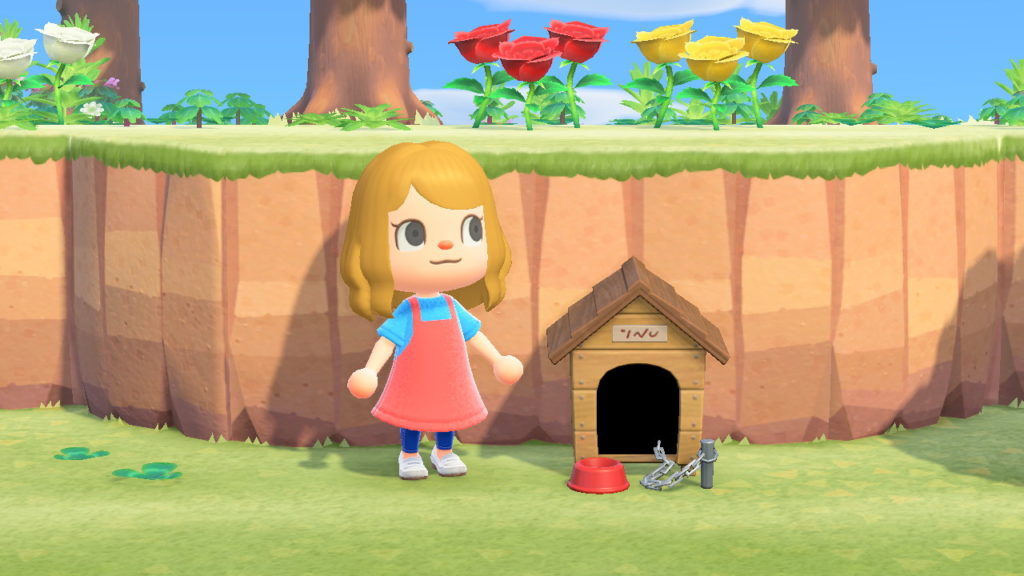
Look and Feel – A major similarity between AC and what we are aiming for in TTR! is the look and feel, including the color palette, character design, sound design, and UX. Inhabiting a verdant island filled with flowers and bugs and animal pals just feels good, and it’s easy to get lost in the experience of just hanging out in that space. In TTR!, though, you aren’t on an island: you’re in a one building (a dog shelter) a vast majority of the time, and with less varied scenery it can easily feel very same-y. Because of that, we are using lots of bring colors and simple designs – similar to what AC does – so that everything can still feel pleasant to look at and interact with.
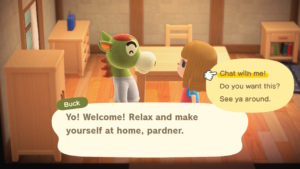
Simulation Made Personal – Really early in the design process for To The Rescue!, we knew we didn’t want to make a management game that abstracted your actions from the world. This style suits lots of other management games, like Rimworld and Prison Architect, where you are performing complex tasks and managing a large facility or settlement. But we wanted to take that idea and make it more personal, by having the player control a character moving through that space and performing similar tasks while having to engage with the dogs on a face-to-snoot basis. We don’t want the dogs to feel like numbers: we want the players to be able to easily engage with them, become attached to them, and be invested in their fates beyond just fascination and experimentation. As it turns out, Animal Crossing does this too! An important part of AC is inhabiting the island as one of the villagers and performing tasks with your own digital hands.
For more information about this “distance” in management games, and some of our challenges with putting the players in difficult situations, check out my talk from Pixelpop 2018: Cute Dogs and Comfort Zones.
Finding the Right Tool For the Job – In Animal Crossing, you need an axe to chop wood, a pail to water plants, and a pole to vault rivers, among other things. In To The Rescue!, you need a scooper to clean kennels, a bucket to provide water to dogs, and the right food for the right dog, also among other things. Managing your tools is a big part of the core loop of both games. But there are also some important differences that change the way that works in practice. So…
What’s Different?
While there are a lot of similarities between Animal Crossing and To The Rescue!, they definitely don’t share all of the same goals. TTR! has a more somber undertone at times, and includes some mechanics and themes that make it a bit more of a hectic management game. So, there are definitely places where we should make (and are making!) different design decisions than the Animal Crossing team did.
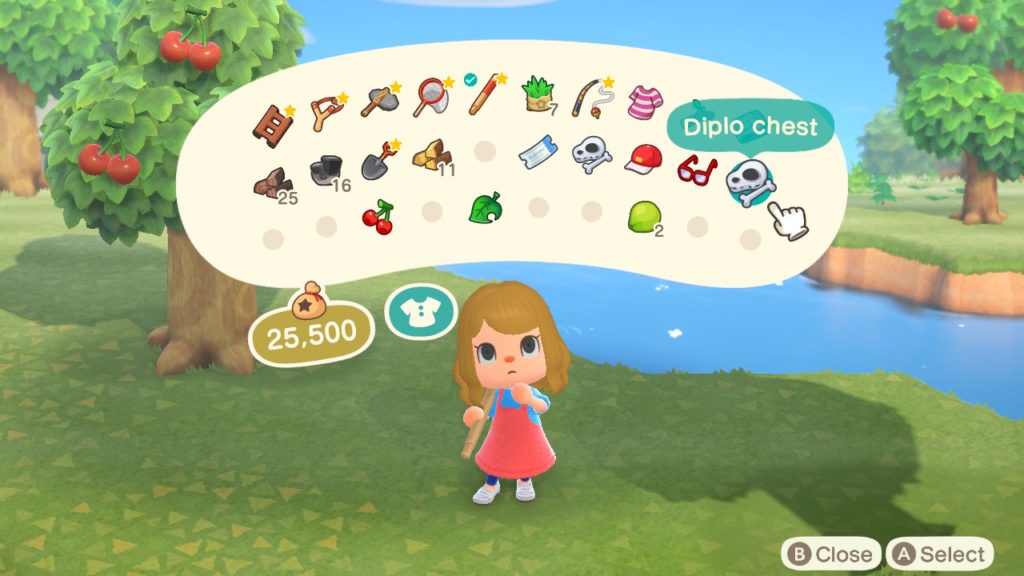
Inventory Management – I mentioned that using tools is a large part of the core loop of both games. However, because To The Rescue! relies a lot less on item collection and organization, the inventory and inventory management in the game takes a different form than in AC. Firstly, TTR! provides much less inventory space. This is simply because there are significantly fewer items that you can possibly carry than in AC. If we had as large of an inventory as Animal Crossing, the player would simply be able to carry every item at once and never have to take the time to consider what they should bring to maximize the effectiveness of their trips, which is something that AC maintains even with a large inventory. This is doubly true because items in To The Rescue! do not break over time. Also, because there is a specific action that is vital to the moment-to-moment gameplay of TTR!, we make it possible to handle dogs no matter what the state of the inventory is. Lastly, it’s possible to select from multiple nearby objects in TTR! to reduce the effect of random dog movement and item placement on the difficult to select the exact target that you want. So in short, these differences from AC all exist for a reason, and they benefit the slightly different playstyle and pace of our game.
For more information about the early stages of our new inventory system, check out Dev Log #6: New Tricks!
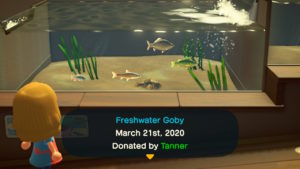
Collecting Them All… Or Not – One of the many appeals of Animal Crossing (to me, at least!) is the collectible aspect. I love filling my museum with bugs and fish and fossils, trying to get all of the fruits from trading with my friends, and seeing how many villagers I can meet and have move to my island. However, the idea of collecting – as satisfying of a mechanic/motivation as it is for games – is extremely antithetical to what we are trying to do with TTR!. We want to reward players for finding dogs homes, not for hoarding them to show off. This has been somewhat of a design challenge for us, because we know that the instinct of a lot of players is to see “what dogs they can get,” even if the game doesn’t inherently encourage them to. We’re implementing some compromises here, though! There will be rare Superdogs that spawn (most of which will be inspired by the real-world dogs of some of our Kickstarter backers) that will feel really special and unique. However, we are still going to make it clear that even though you may grow attached to the dogs in the shelter, the best thing for them in the long run will be to find them new homes. Besides just the dogs, though, there will be a few things in-game to collect and customize!
Night and Day – Animal Crossing progresses in real-world time, so when it’s night in real life, it’s night in the game (assuming you aren’t changing the system time from your own). This has the effect of making AC a very slow-paced game. Each day there will always be a few new things to do, but with buildings taking real-world days to finish completion and certain things only happening at certain times, it’s meant to be engaged with casually and is a very slow burn towards reaching the island of your dreams. It’s pretty uncommon for games to do this, and TTR! is no exception there. We do have a fairly simply day/night cycle, but it mainly just provides small breaks and choke points at the end of the day where you can reset before things continue and give you new challenges. The nature of having day cycles in games like this means that there are some inherent similarities still, but the pacing of real-world progression doesn’t really fit our initial vision for the game, which is to simulate the hectic day-to-day of managing a shelter.
Takeaways
There is a lot to be gleaned from looking at our inspirations for ideas and to figure out solutions and small details that may have eluded us so far. That being said, it’s also important to recognize differences in both our goals as designers and the needs of our audience, and to be aware that just because Animal Crossing is both fun and successful, we can’t just blindly copy them, even with the tiniest things.
I hope this was interesting, whether or not you have been enjoying Animal Crossing: New Horizons as much as we are. We would love to hear your thoughts about learning from inspirations, what elements of AC you think do or don’t transfer to what your idea of TTR! might be as players, and what games you are playing to pass the time while social distancing.
Thanks as always for reading, and stay safe out there!
-Olivia
I’m playing Rimworld mostly, but also Planet Zoo and games like LoL or CS:GO. But I have TTR! on my mind always. Cant wait for you guys to finish it! I kind of have this dream to stream games as I play it, so I’m looking forward to buy better mic. Whenever I do it I’m so going to want to play and stream TTR! 🙂
Rimworld and Planet Zoo are big favorites of ours, so good choices! And thank you so much for the kind words. 🙂 I look forward to seeing your stream!